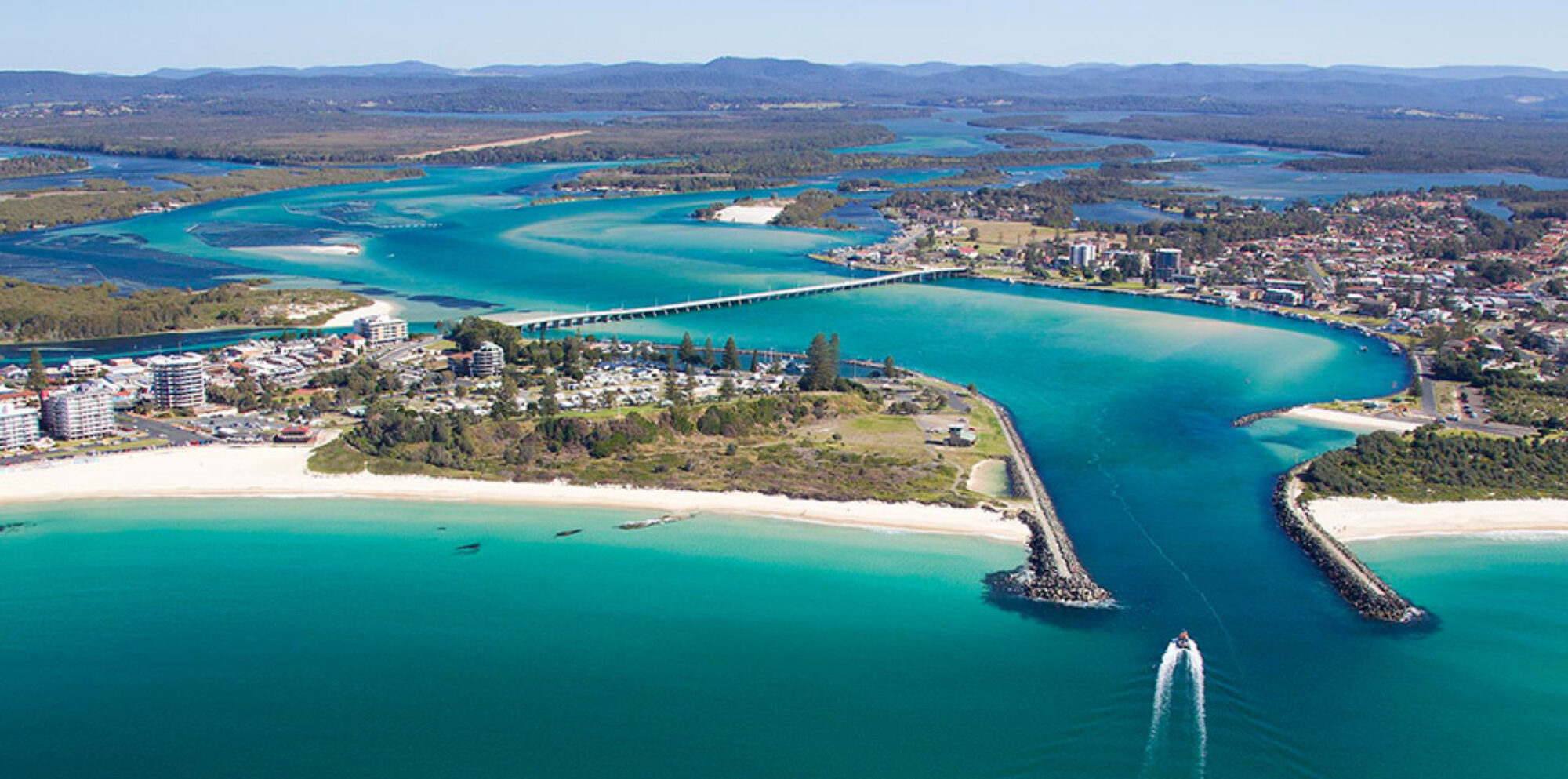The ability to identify any potential risky environments is an essential part of the planning process for an outdoor recreational activity. After hazards have been identified, then plans can be put in place to minimise the potential for any harms taking place.
An example of this is swimming at the beach. Before entering the water, it is important to look at the conditions and the surroundings. Are there bluebottles laying on the sand? Are there any rips or deep channels to indicate moving water? Are the waves spilling or dumping?

Being able to identify hazards on a beach and planning to reduce the risk will enable a safe and enjoyable day, and not one ending in tragedy. In the 2022/ 2023 summer season, Surf Lifesaving Australia reported 54 deaths on our beaches. These were all on unpatrolled beaches where people exposed themselves to greater risk.
Risks are inevitable and in many cases attractive in many outdoor activities. The first step in mitigating or reducing the chances of something bad happening on an adventure is to identify these risks and then start to plan on dealing with them.
